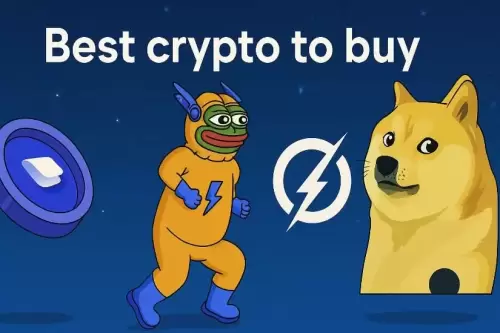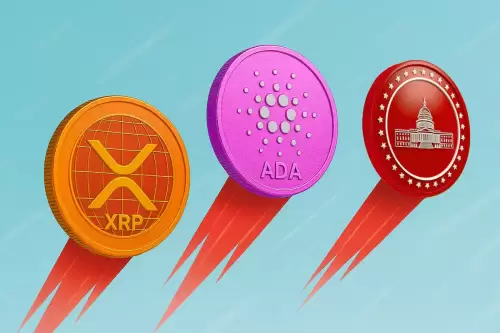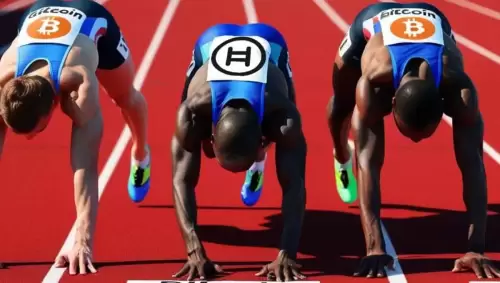Exploring the critical role of infrastructure in tokenizing carbon credits and fostering trust in the voluntary carbon market.

The dynamics surrounding 'Carbon credits, Tokenizing, Infrastructure' are constantly evolving, demanding a closer look at the interplay between these elements in shaping the future of climate finance. Let's dive in!
Tokenization Isn't Enough: Infrastructure is Key
While tokenizing carbon credits has been touted as a solution for the voluntary carbon market, recent discussions, like those at MetaForum Lugano, suggest that tokenization alone won't cut it. As Artyom Harutyunyans, CTO of Fedrok, pointed out, we need systems that make integrity enforceable by design. It's all about the infrastructure, baby!
JPMorgan's Foray into Tokenized Carbon Credits
JPMorgan is making moves! Their blockchain division, Kinexys, is actively developing ways to improve the carbon credit market using blockchain technology. They're running pilot programs to convert carbon credits into blockchain tokens, aiming to eliminate fraud and double counting – issues that have long plagued carbon trading. If successful, this could inject some much-needed accountability and scalability into the market.
Building Credible Infrastructure: The Fedrok Approach
Fedrok's story emphasizes that tokenizing carbon credits won't magically fix broken systems. Real change comes from building credible infrastructure. Their approach embeds ESG (Environmental, Social, and Governance) principles into every transaction, from miner-level incentives to rural payment rails. It's about building trust from the ground up!
Blockchain's Expanding Role
Blockchain's role isn't just theoretical. JPMorgan successfully demonstrated cross-chain settlement of tokenized US Treasuries, showcasing that their blockchain infrastructure can handle institutional-grade transactions on both private and public chains. This same architecture can be applied to carbon credits, ensuring each tokenized offset has a clear and auditable history. This is crucial for buyers who are wary of greenwashing. No one wants to get greenwashed, right?
The Future is in the Code
The future of climate finance isn't just about scale; it's about trust. And that trust won't be built on tokens alone. It will be built on code that holds itself accountable. JPMorgan's integration of blockchain technology into the carbon credit market aims to increase transparency and reliability, opening up new opportunities for companies to integrate offsets into their sustainability strategies without the usual administrative headaches.
My Two Cents
Personally, I think the focus on infrastructure is spot-on. Tokenization is cool and all, but without a solid foundation of verifiable and transparent systems, it's just putting lipstick on a pig. The moves by JPMorgan and the work of companies like Fedrok show that the industry is starting to recognize this. Also Bullish's migration to Solana is a move towards a faster, cheaper, and more unified on-chain infrastructure. But these are still early days.
Wrapping Up
So, what's the takeaway? The voluntary carbon market has a long way to go, but the combination of blockchain technology and infrastructure developments are promising. As we move forward, keep an eye on how these technologies are implemented and how they contribute to building a more trustworthy and effective carbon market. It's a brave new world, folks! And who knows, maybe one day we'll all be trading carbon credits like they're the next big meme stock. Until then, stay green!













































































